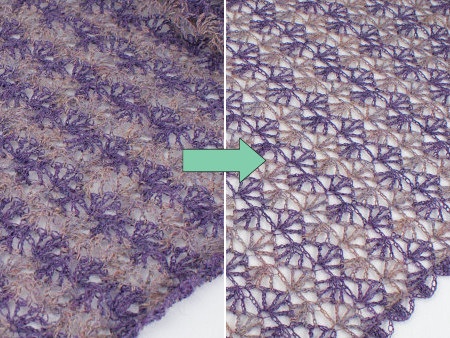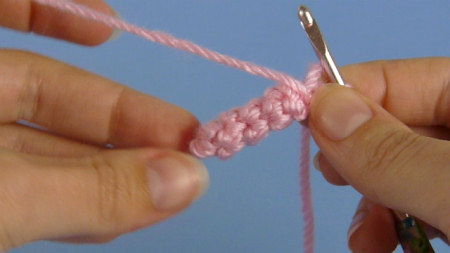
It’s time to present another commissioned design: Giant Panda! This pattern is a little later than scheduled, both because I’ve been sick and because I wanted to take some extra time to really perfect this design. Some designs come easily, and some take extra time and care to get just right. With an animal as […]


















